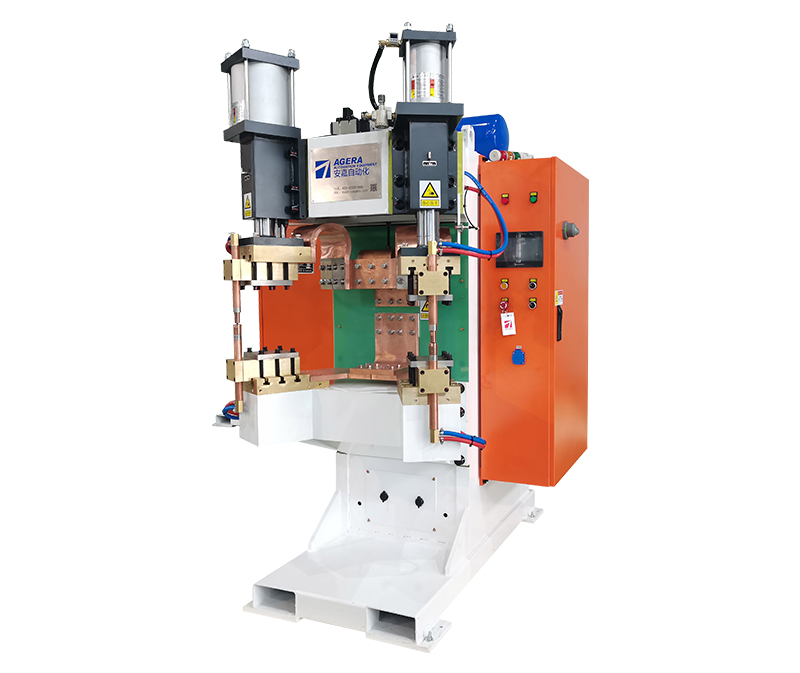Solutions to Welding Defects in Nut Spot Welding Machines
Welding is a critical process in various industries, ensuring the structural integrity of components and products. Nut spot welding machines play a significant role in this process, but they can encounter issues, such as welding defects. In this article, we will explore common welding defects in nut spot welding machines and provide practical solutions to address them.
1. Inadequate Penetration
Problem: Inadequate penetration occurs when the weld does not fuse properly with the base material, resulting in weak joints.
Solution: Ensure that the welding parameters, including current, voltage, and welding time, are set correctly. Properly prepare the surfaces to be welded, removing any contaminants or oxidation. Adjust the pressure on the welding electrode to ensure proper contact with the materials.
2. Overheating
Problem: Overheating can lead to burn-through, causing holes in the material, or the weld may become brittle.
Solution: Monitor the temperature and adjust the welding parameters to prevent excessive heat buildup. Proper cooling and electrode maintenance can also help control overheating.
3. Porosity
Problem: Porosity is the presence of small voids or bubbles in the weld, weakening its integrity.
Solution: Ensure that the welding area is clean and free from contaminants like grease or oil. Use the appropriate shielding gas to prevent atmospheric contamination, and check gas flow rates. Adjust the welding parameters to maintain a stable arc.
4. Weld Spatter
Problem: Weld spatter consists of small metal droplets that can adhere to nearby surfaces, causing damage or contamination.
Solution: Optimize the welding parameters to minimize spatter production. Regularly clean and maintain the welding gun and fixtures. Consider using anti-spatter sprays or coatings.
5. Electrode Contamination
Problem: Contaminated electrodes can transfer impurities to the weld, leading to defects.
Solution: Use high-quality, clean electrodes. Implement routine electrode maintenance and cleaning procedures to prevent contamination.
6. Misalignment
Problem: Misalignment of the components can result in uneven or improper welds.
Solution: Ensure precise fixture and component alignment. Implement strict quality control procedures to verify alignment before welding.
7. Inconsistent Pressure
Problem: Inconsistent pressure on the welding electrodes can lead to uneven welds.
Solution: Regularly calibrate and maintain the welding machine to ensure consistent pressure. Check and adjust electrode pressure as needed for each specific application.
By addressing these common welding defects, you can enhance the performance and reliability of nut spot welding machines, ultimately improving the quality of your welded products. Regular maintenance and operator training are essential to prevent and resolve these issues. Understanding the intricacies of the welding process and continuously monitoring and optimizing the welding parameters are key to achieving consistent, high-quality welds.
